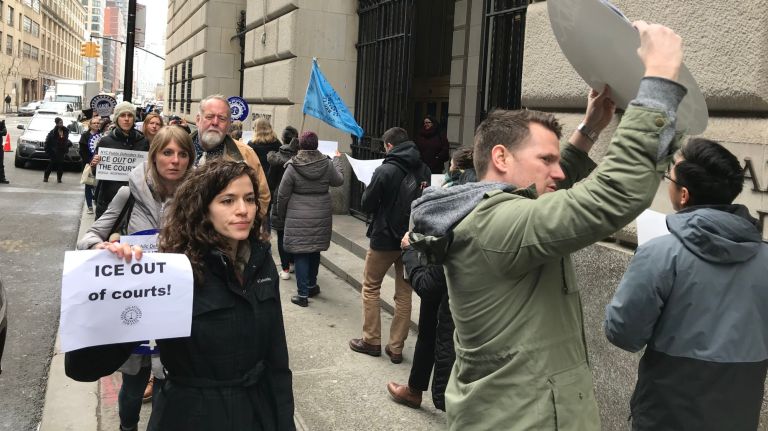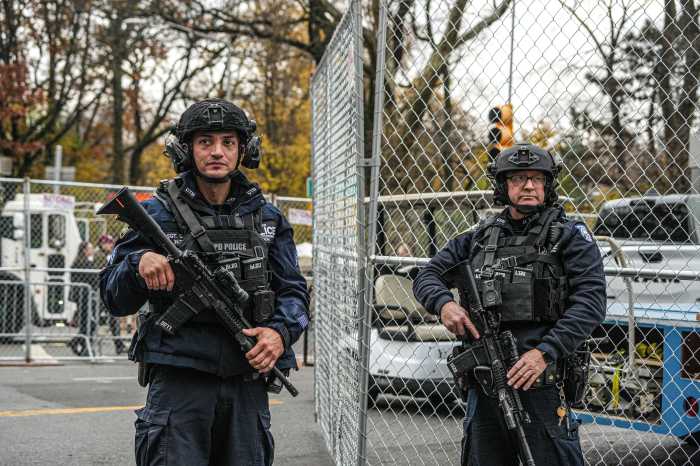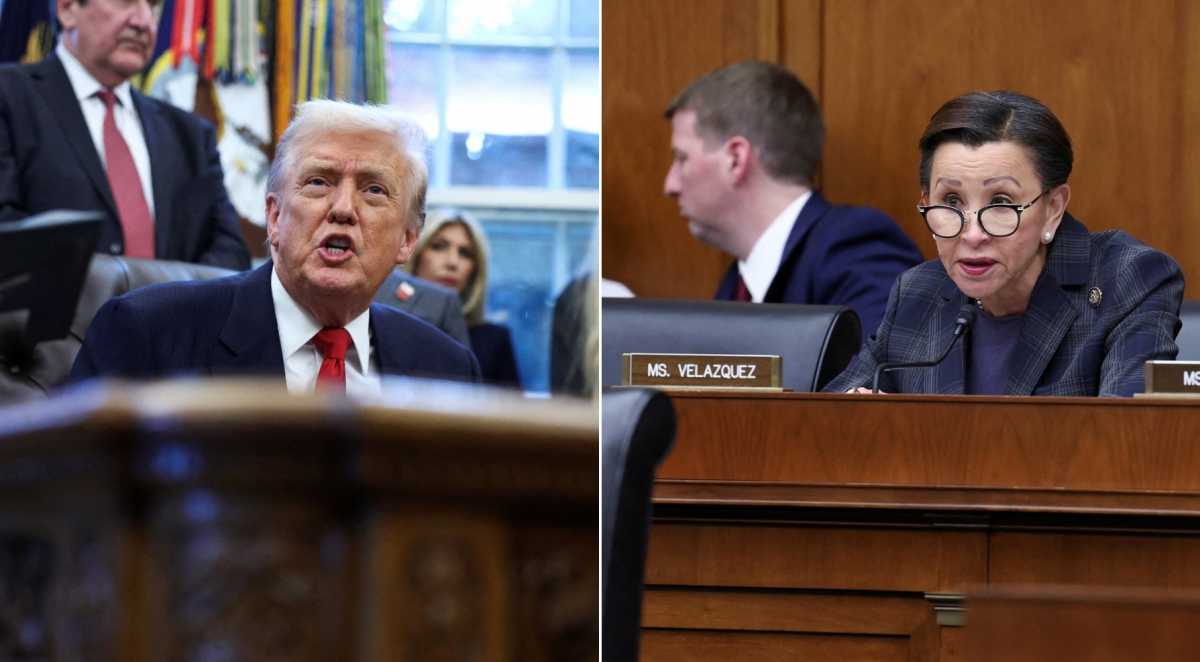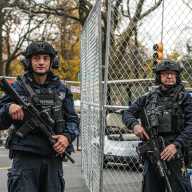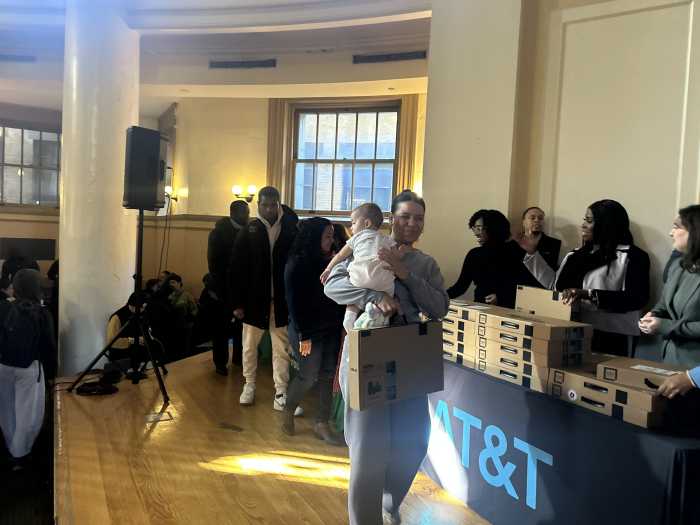
An astronomical spike in courthouse arrests by Immigration Customs and Enforcement officers is having a devastating impact on multiple facets of the judicial system, according to a new report released on Wednesday.
The Immigrant Defense Project documented a 1,736 percent increase in ICE operations in and around New York courthouses between 2016 and 2018. A majority of those operations took place in New York City, according to the nonprofit, with Brooklyn and Queens leading the way for the entire state.
The report by ICE Out of Courts, a coalition of over 100 organizations and entities, details how ICE operations, though legal, have had an alarmingly harmful impact on court functions while deterring some of the immigrant community’s most vulnerable members from seeking help.
“The different perspectives offered in this report highlight the havoc that ICE’s practices are wreaking on the court system in New York State,” Mizue Aizeki, acting executive director of the Immigrant Defense Project, said in a statement Wednesday. “Judges, public defenders, district attorneys, anti-violence advocates, elected officials, and others have all repeatedly called on ICE to stop courthouse arrests. Yet ICE continues to refuse, instead escalating courthouse arrests and spreading its disruptive and harmful tactics throughout New York State.”
ICE officials, meanwhile, contend their courthouse operations are consistent with law enforcement practices nationwide, adding that such practices are often a last resort after exhausting other options.
“U.S. Immigration and Customs Enforcement has a courthouse policy in place, and plans on adhering to its guidance in accordance with U.S. law and Department of Homeland Security policy,” ICE officials said Wednesday in response to the coalition’s report.
The coalition spent the past year collecting data for the report and surveying judges, district attorneys, public defenders, elected officials and legal advocates. Among the report’s most alarming findings, according to the coalition:
- The Brooklyn district attorney’s office experienced a 67 percent drop in calls to its Immigrant Affairs Unit, which allows noncitizens to report crimes and seek resources.
- Manhattan Family Court saw a 100 percent decrease in U Visa certification requests, which protect noncitizens who are victims of crimes.
- Between 2015 and 2018, the Manhattan District Attorney’s office had a 72 percent drop in participation at Clean Slate events, which allow individuals to resolve summons warrants without risk of arrest.
- Legal practitioners with Sanctuary for Families reported a 78.6 increase in reports of abusers threatening to call ICE to keep their victims from pressing charges.
In one of the many cases documented in the report, the director of Safe Horizon’s Immigration Law Project described a client who was hospitalized in June 2018 because of injuries caused by her husband, but when the police were called she became afraid he would retaliate by reporting her immigration status.
“The client decided not to cooperate with the DA’s office and is advocating with the DA to drop the charges against her husband,” director Evangeline Chan said in the report.
District attorneys across the state also reported an increase in individuals who are unwilling to testify in domestic violence and other criminal cases for fear of being arrested by ICE when they appear for court, which can lead to an inability to prosecute potentially dangerous perpetrators.
As ICE continues to operate in and around New York courthouses, the coalition is calling on the Office of Court Administration to prohibit court employees from aiding federal immigration operations and require ICE to obtain a judicial warrant before agents can enter a courthouse to make an arrest.



